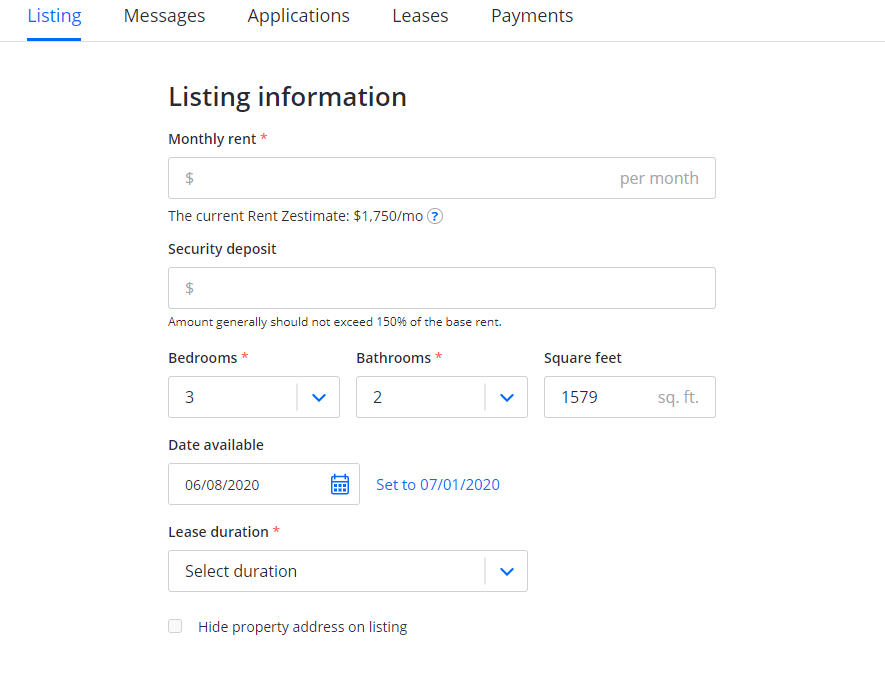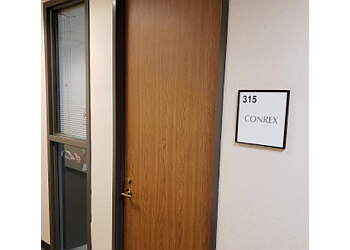
No matter if you have a home or a rental, you need a plan in place to keep it in top shape. The maintenance of your property can be an enjoyable hobby or even a commercial venture. Maintaining your rental property is an important aspect of your investment.
Maintaining your home on an ongoing basis is key. Regular maintenance can help you save money and prevent you from needing to make expensive repairs in the future. Preventive maintenance can help you protect your investment, reduce your liability, and keep tenants happy.
You should consider a variety of factors when deciding how much maintenance should be paid. Your property's age and location can have a significant impact on the cost of maintenance. Higher-end properties will need more maintenance than older properties. Also, the climate and weather in your area can have a huge effect on your maintenance expenses.

Performing maintenance in an area with a flu outbreak can have negative consequences, but you can avoid this by making sure you're doing it right. This includes checking your windows for drafts and inspecting your exterior to see if there are any damage or needs for repairs. Make sure your windows and doors have proper sealing.
A seasonal check on your property is another way to cut down on maintenance costs. To improve curb appeal and ensure safety, it is important to pay attention to any little problems. You might be able save money later on by having your HVAC and plumbing systems in good working order. Painting interior walls or replacing damaged carpets is another great way to improve your property's curb appeal.
It doesn't matter if your job is as a landlord/property manager. You should be ready for the cold. You can make sure your property stays warm all winter by investing in insulation. Make sure you seal your windows and doors, and inspect your electrical outlets for frayed wires.
The most expensive aspect of maintenance isn’t necessarily the work involved, but rather the time taken to complete the task. Property owners often overlook the effort required to keep their homes in top shape. Home maintenance can cost thousands of dollars per year.

Property maintenance could be as simple as painting your front door or as complex as installing new fixtures. You can make your tenants happy and increase the rental property's value by maintaining it well. You will decrease the chances of tenants complaining about issues if you have a well-thought out maintenance plan. While it may not be possible for you to perform your own property maintenance, a professional can be a valuable resource. Whether you're interested in DIY maintenance or enlisting the services of a property maintenance specialist, consider using a company like BNB Haven to ensure that your operations run smoothly.
FAQ
Do you have the skills to fix my leaking faucets?
A handyman can probably handle minor repairs but will not have the training required to perform major projects, such as rewiring a house or installing custom cabinetry. For minor home improvement tasks, however, there are no limits to what a handyman can accomplish.
What happens if a handyman causes me damage or doesn't do his job as I would like?
You must immediately notify the manager if anything goes wrong during the project. It's best to write down exactly what happened and include photos of the problem area. Next, contact your insurance company and file for a claim.
Are handymen insured?
Yes! Most insurance companies cover liability claims up to $1 million for accidental property damage and bodily injury. This means that your insurance company will compensate you for any damage caused by an accident during the project.
What are the most frequent handyman repairs that you need to make?
Handymen can repair damaged roofs or windows, doors and gutters. When it comes to building or home improvement projects that cannot be performed by DIY homeowners, handymen can help with carpentry, plumbing, painting, drywall installation, landscaping, concrete work, fence construction, decking, tiling, and more.
Is it worth the extra cost of professional handyman work?
It depends entirely on the project. A professional handyman service is recommended for complex projects such as office renovations.
What is the difference in a handyman and carpenter?
You can hire a handyman for many projects including plumbing, electrical installation and drywall repair. Carpenters specialize in woodworking. They can build cabinets and walls, doors, windows or stairs.
What does the average handyman charge an hour?
Handyman fees range from $50 to $75 per hour. They've been doing it for years. The average time they spend on any job is around 10 hours. They don't need to advertise; they are well known in the neighborhood.
They have a tendency to be specialized and develop customer relationships over time.
The main difference between them, other contractors, is that they are fast, reliable, cheap, and efficient.
The majority of people have at least 2 or 3 friends who they trust enough that they call them when they need assistance.
Some people are so successful that they start their own company.
Statistics
- With a strong housing market, the handyman and general maintenance worker industry are expected to grow by nearly 10% in the next decade. (housecallpro.com)
- Mila keeps a commission of 20% for each completed service performed by Friends and charges various service fees regarding work done by Pros. (appjobs.com)
- An estimate was that in 2003, the market for home maintenance and repair spending was up 14% 2001 to 2003. (en.wikipedia.org)
- More than 20% of homes in America have outdoor living spaces, including decks and patios. (mrhandyman.com)
- Our handyman services for seniors are provided by professional senior helpers who have been serving the community for over 20 years with 98% customer satisfaction. (cantatahomeservices.org)
External Links
How To
How to Install a Receptacle Box
When installing any type of electrical outlet, you should always follow the guidelines your local building inspector set forth. This includes ensuring that your wiring is properly installed, as well as avoiding any problems related to water damage and fire hazards.
The majority of boxes come prewired, with four wires coming out of the breaker panel. The two black wires run through the box to the first screw on one side, while the red and white wires go to the second screw on the opposite side of the box. When connecting wires, it is important that you don't use wire nuts or wrap around screws. It is likely that you will have problems getting the wires into place after tightening them down. These wires should be free to move, but not tight enough to cause them to pull out of the holes.
You might want to add a receptacle to an existing box. To do this, remove the top of the metal box and place a new coverplate. Once the hole is made for the new receptacle and the cover plate is attached, you would need to connect all of the wires to the new receptacle.
You may not need a licensed electrician to replace the existing light switches in your home. First, remove the switch from its mount. The next step is to unplug any wires attached to the switch. These wires include power going into the switch itself and the ones that supply electricity to the lights in the room where the switch is located. Once you have disconnected all of it, you can begin the replacement process.
After you remove the old switch, measure how far the wall studs are from your new switch and mark them using a permanent marker. Once you have done this, you will also need to determine if the new switch needs to be mounted high above or below the floor. Depending upon the height of the switch, you'll need to drill a hole to mount the bracket or attach it directly to drywall using drywall anchors.
Once you have the measurements taken and the locations marked, it is time to start the project. With the help of a family member or friend, you can begin to remove the drywall around where the switch will be placed. To ensure that the cable is not accidentally cut inside the wall, you should leave about 8 inches space between each stud. Next, attach the mounting brackets to the new switch. Attach the cables to your switch and then secure it onto the mounting plates. After the switch is installed properly, it will be necessary to turn on the power again and to test the device to make sure it works correctly.